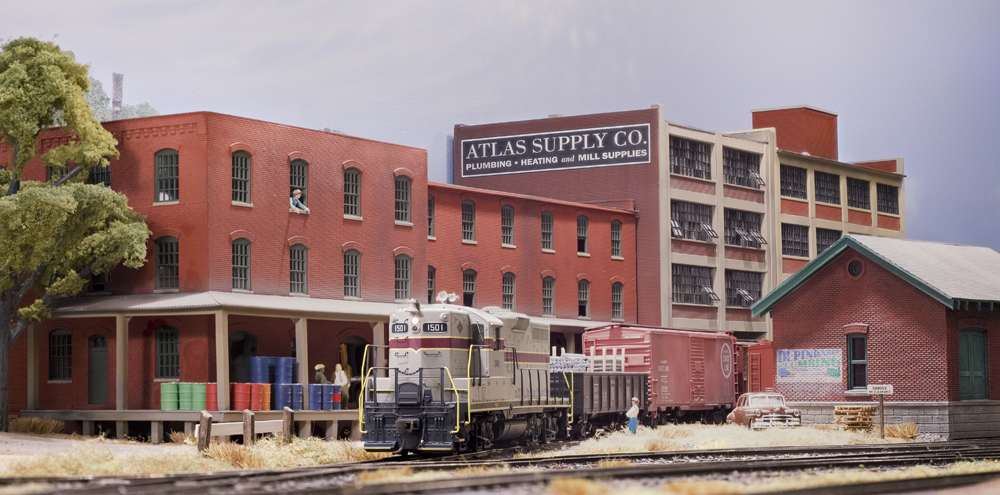
Contrary to popular belief, modeling an urban scene doesn’t require a bunch of space. Want proof? Check out the Winston-Salem Southbound, our 2018 project layout, shown in the photo above. The 2’-9” x 8’-2” HO scale shelf layout depicted the railroad’s Tar Branch in Winston-Salem, N.C. It featured more than a half-dozen rail-served industries, as […]
Read More…
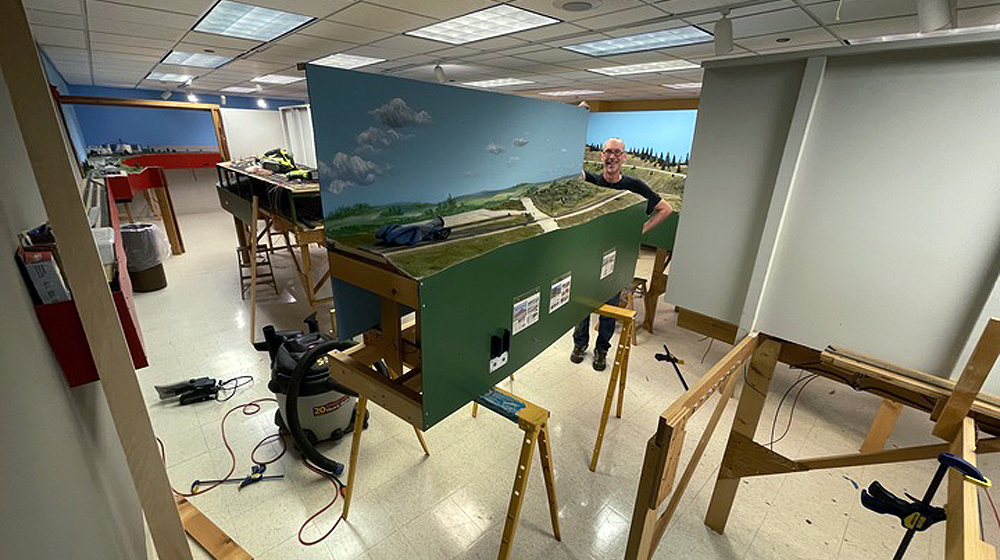
Everyone has to move at some point in their life, but for model railroaders, there’s an added task: reassembling a layout after moving. If you’re contemplating moving, here are a few things to keep in mind when it comes time to put everything back together. Plan to move One of the things you can do […]
Read More…

Q: I’m planning a rail-served brewery for my N scale layout. What did these industries look like, and what kind of products would trains deliver to the brewery or haul away from it? — Eli Quarless A: Breweries are large, sprawling, complex industries that take up multiple buildings and receive and ship a wide variety […]
Read More…
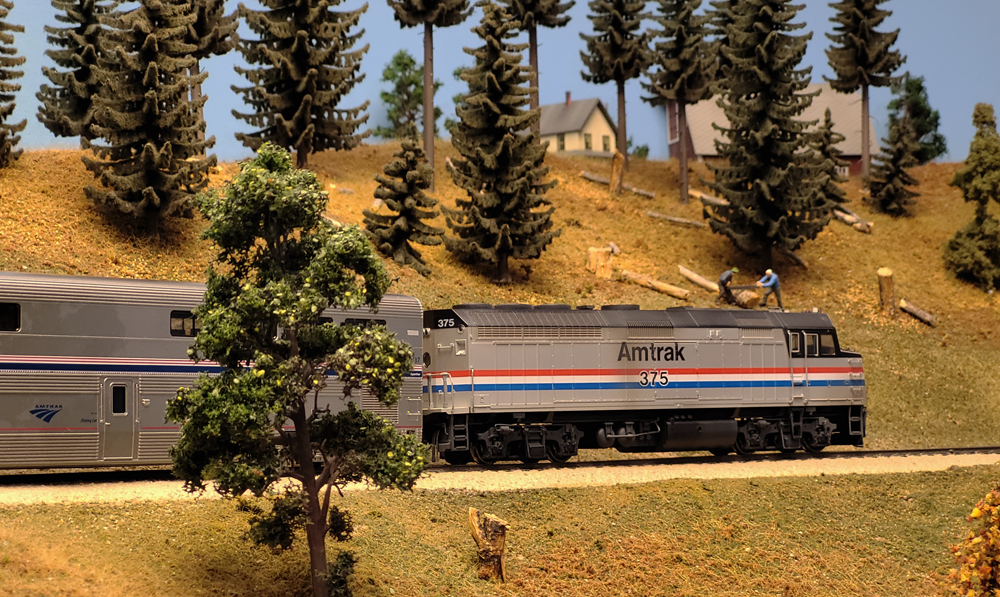
While reminiscing and revisiting my archive of photos of our dearly departed Milwaukee, Racine & Troy HO scale layout, I found myself admiring my own work. No, not my contributions to the MR&T, of which there were none, but rather my own photos, all of which were captured with my smartphone camera. For better or […]
Read More…

If you want to fascinate visitors and draw their eyes into your layout, make your layout tell a story. Many modelers put a lot of effort into making their locomotives, track arrangements, and operating schemes as realistic as possible. But not all of us put the same amount of thought into the little plastic people […]
Read More…
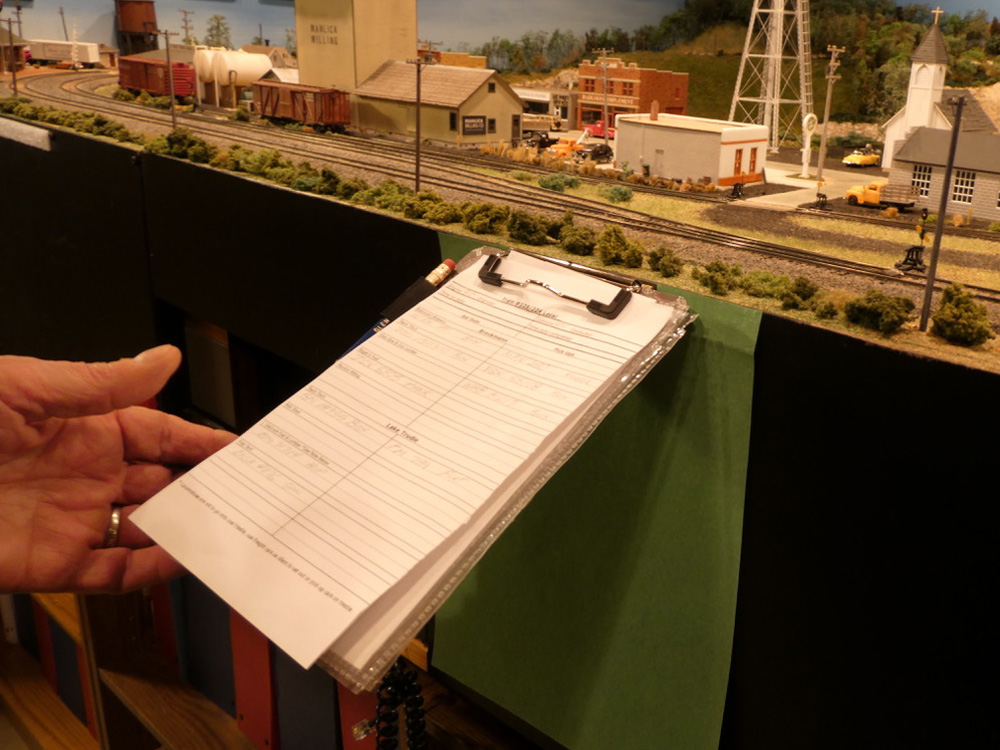
If you’re like me, you put a lot of work into your model railroad scenery, and the last thing you want to see is an operator putting his paperwork on the layout during an operating session. This situation was a concern for me, so I turned to hook and loop fasteners and piano hinges to […]
Read More…
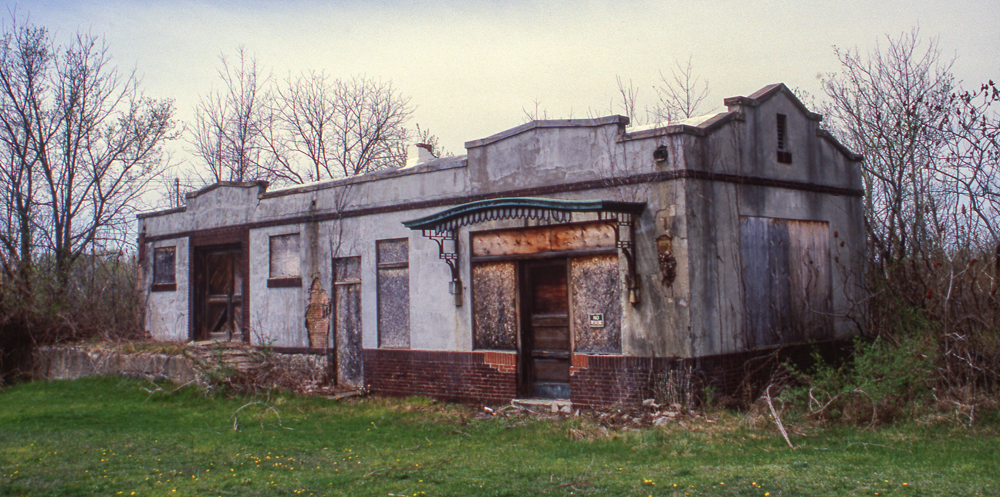
Harold W. Russell’s illustrations have been appearing in Model Railroader magazine since the mid-1960s. He has more than 150 bylines to his credit. In the July 2024 issue he shared plans for a masonry depot on the Lehigh Valley in Gorham, N.Y. Click on the link below to download Harold’s plans. Use this link to […]
Read More…
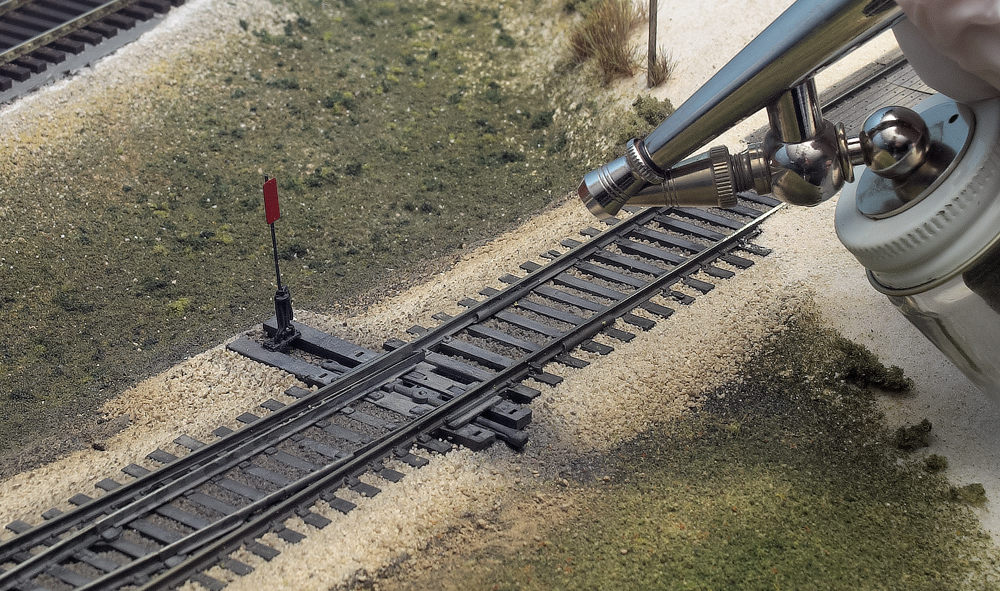
Regardless the size, model railroads require regular maintenance. Cleaning track, dusting scenery and structures, and maintaining equipment are just some of the things that require attention. Not keeping up on these tasks will lead to a layout that runs poorly, looks tired, and potentially cause you (and/or members of your operating crew) to lose interest. […]
Read More…
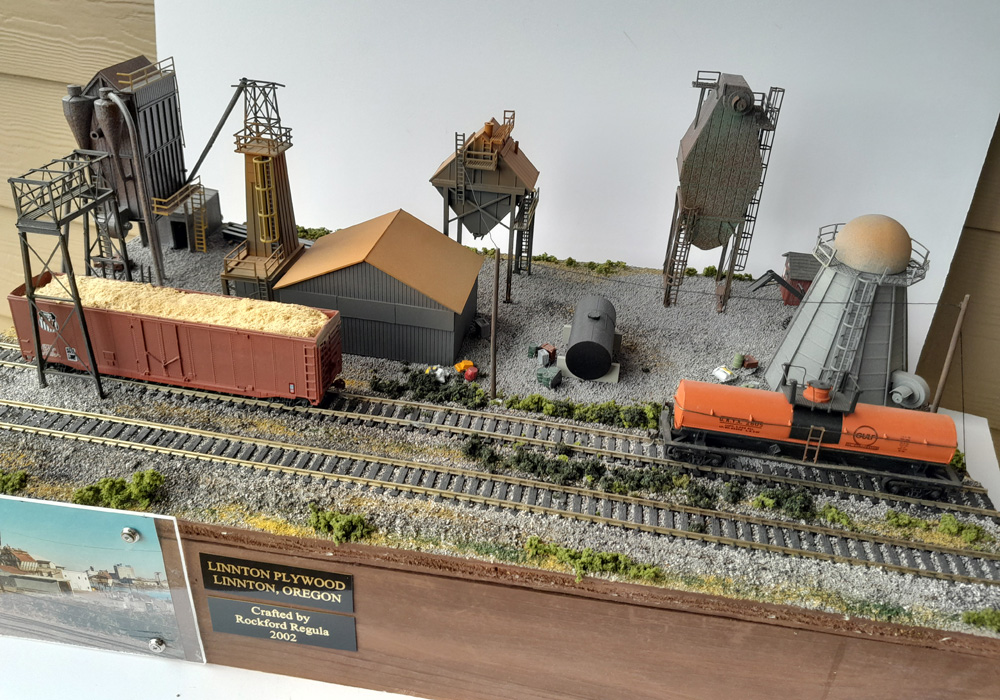
As model railroaders age, we are faced with the question of how to dispose of a model railroad in case of changing scales, downsizing, moving, or death. No one seems willing to address this uncomfortable question. In the case of death, the model railroader’s family is saddled with the problem of disposing of the models. […]
Read More…

Modelers David Popp, Brian Schmidt, and Bryson Sleppy continue the scenery process on their T-TRAK modules in an attempt to make them look more like the prairies of Colorado. T-TRAK is a modular N scale railroading system that uses foot-wide boxes plugged together to build tabletop layouts. In this eighth installment of the T-TRAK series, […]
Read More…
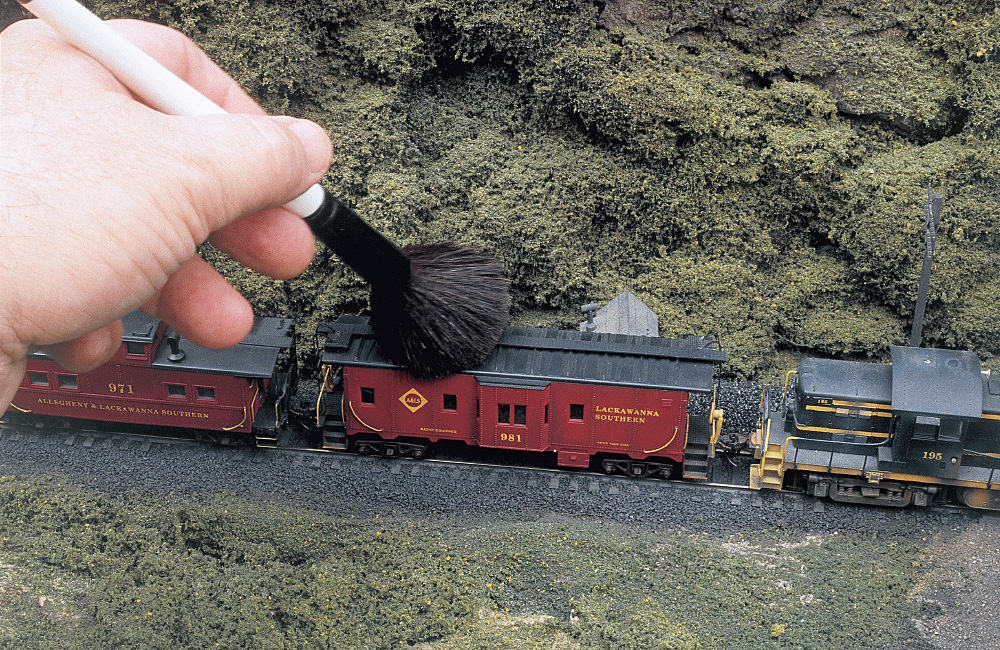
If you’re looking forward to hosting an operating session, open house, layout photo session, or just a visit from friends and relatives, you want your layout to make the best possible impression. But there’s more to cleaning a model railroad than just polishing the track and wheels, as important as those things are. Dust is […]
Read More…
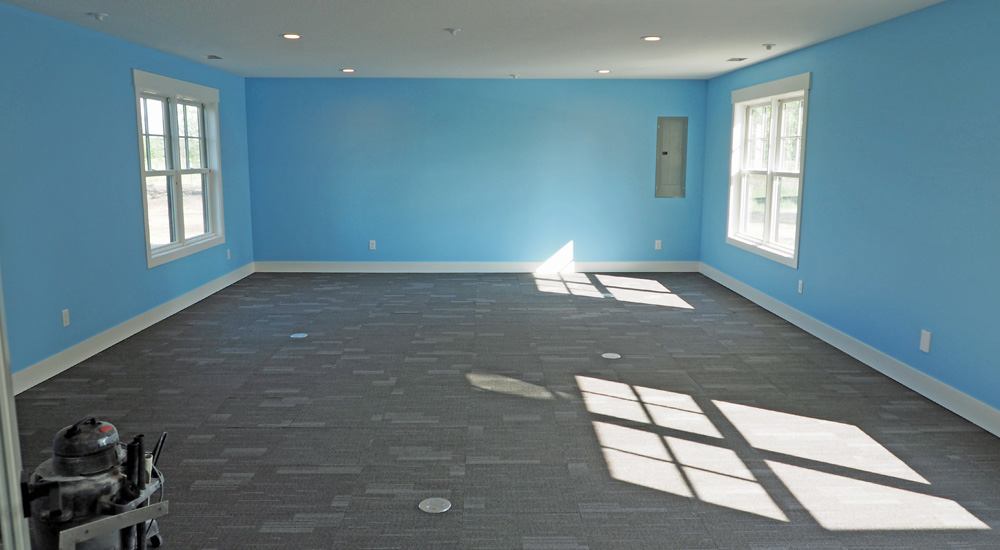
If you’re planning on building a model railroad, preparing a train room should be your first step. You might be eager to get to work building benchwork and laying track, but basics like wiring and lighting your layout space and making it comfortable for your operators are a lot easier to do before there’s a […]
Read More…












